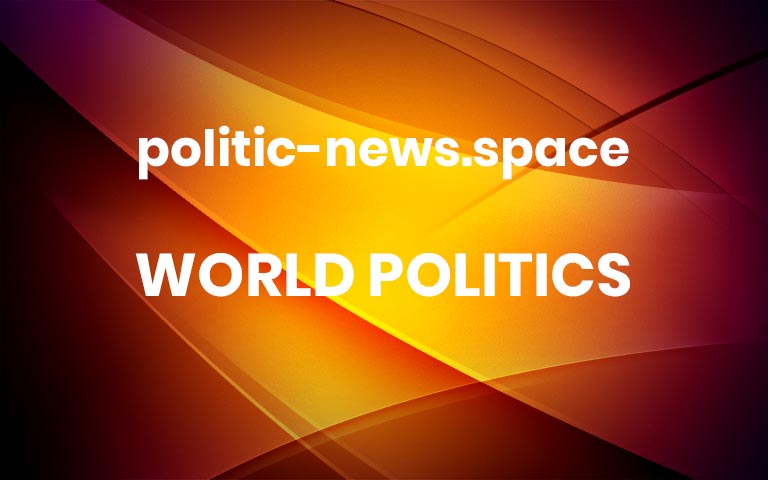Corporate greed, not wages, is behind inflation. It’s time for price controls | Robert Reich
Corporate greed, not wages, is behind inflation. It’s time for price controlsRobert ReichCorporations are using rising costs as an excuse to increase their prices even higher, resulting in record profits. We need limited price controls to break this cycle On Wednesday, policymakers at the Federal Reserve – America’s central bank – continued their battle against inflation with a third straight supersize interest-rate increase. And they warned that they’re not done. They’ll continue to raise borrowing costs until inflation is tamed.They assume that the underlying economic problem is a tight labor market, causing wages to rise – and prices to rise in response. And they believe interest rate increases are necessary to slow this wage-price inflation.This is dead wrong.Wage increases have not even kept up with inflation. Most workers’ paychecks are shrinking in terms of real purchasing power. Rather than causing inflation, wages are actually reducing inflationary pressures.The underlying economic problem is profit-price inflation. It’s caused by corporations raising their prices above their increasing costs.Corporations are using those increasing costs – of materials, components and labor – as excuses to increase their prices even higher, resulting in bigger profits. This is why corporate profits are close to levels not seen in over half a century.Corporations have the power to raise prices without losing customers because they face so little competition. Since the 1980s, two-thirds of all American industries have become more concentrated.Why are grocery prices through the roof? Because just four companies control 85% of meat and poultry processing. Just one corporation sets the price for most of the nation’s seed corn. And two giant firms dominate consumer staples.All are raising prices and increasing profits because they can.Big pharma, comprising five giants, is causing drug prices to soar.The airline industry has gone from 12 carriers in 1980 to just four today, all rapidly raising ticket prices.Wall Street has consolidated into five giant banks, raking in record profits on the spreads between the interest they pay on deposits and what they charge on loans.Broadband is dominated by three giant cable companies, all raising their prices.Automobile dealers are enjoying record profits as they raise the retail prices of automobiles.Gas prices have started to drop but big oil still has the power to raise prices at the pump far higher than the costs of crude.And so on.This is why Congress and the administration need to take direct action against profit-price inflation, rather than rely solely on the Fed to raise interest rates and put the burden of fighting inflation on average working people who are not responsible for it.Bold antitrust enforcement is essential. Even the credible threat of antitrust enforcement can deter corporations from raising prices higher than their costs.A windfall profits tax could also be helpful. This would be a temporary tax on price increases exceeding the producer price index’s costs of producing consumer goods.Price controls should be a backstop. The current inflation, emerging from the pandemic, is analogous to the inflation after the second world war when economists advocated temporary price controls to buy time to overcome supply bottlenecks and prevent corporate profiteering.Limited price controls should be considered now, for the same reasons.The inflation we are now experiencing is not due to wage gains from excessive worker power. It is due to profit gains from excessive corporate power.It’s profits, not wages, that need to be controlled.
Robert Reich, a former US secretary of labor, is professor of public policy at the University of California, Berkeley and the author of Saving Capitalism: For the Many, Not the Few and The Common Good. His new book, The System: Who Rigged It, How We Fix It, is out now. He is a Guardian US columnist. His newsletter is at robertreich.substack.com
TopicsUS politicsOpinionUS economyInflationEconomicscommentReuse this content More



